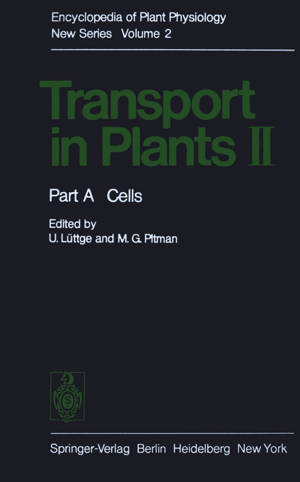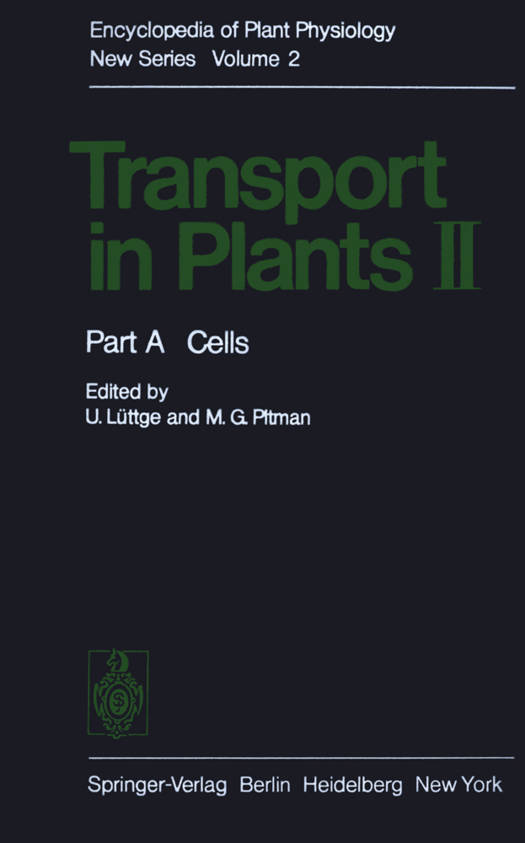
- Afhalen na 1 uur in een winkel met voorraad
- Gratis thuislevering in België vanaf € 30
- Ruim aanbod met 7 miljoen producten
- Afhalen na 1 uur in een winkel met voorraad
- Gratis thuislevering in België vanaf € 30
- Ruim aanbod met 7 miljoen producten
Zoeken
Transport in Plants II
Part a Cells
€ 168,45
+ 336 punten
Omschrijving
As plant physiology increased steadily in the latter half of the 19th century, problems of absorption and transport of water and of mineral nutrients and problems of the passage of metabolites from one cell to another were investigated, especially in Germany. JUSTUS VON LIEBIG, who was born in Darmstadt in 1803, founded agricultural chemistry and developed the techniques of mineral nutrition in agricul- ture during the 70 years of his life. The discovery of plasmolysis by NAGEL! (1851), the investigation of permeability problems of artificial membranes by TRAUBE (1867) and the classical work on osmosis by PFEFFER (1877) laid the foundations for our understanding of soluble substances and osmosis in cell growth and cell mechanisms. Since living membranes were responsible for controlling both water movement and the substances in solution, "permeability" became a major topic for investigation and speculation. The problems then discussed under that heading included passive permeation by diffusion, Donnan equilibrium adjustments, active transport processes and antagonism between ions. In that era, when organelle isolation by differential centrifugation was unknown and the electron microscope had not been invented, the number of cell membranes, their thickness and their composition, were matters for conjecture. The nature of cell surface membranes was deduced with remarkable accuracy from the reactions of cells to substances in solution. In 1895, OVERTON, in U. S. A., published the hypothesis that membranes were probably lipid in nature because of the greater penetration by substances with higher fat solubility.
Specificaties
Betrokkenen
- Uitgeverij:
Inhoud
- Aantal bladzijden:
- 400
- Taal:
- Engels
- Reeks:
- Reeksnummer:
- nr. 2
Eigenschappen
- Productcode (EAN):
- 9783642662294
- Verschijningsdatum:
- 7/12/2011
- Uitvoering:
- Paperback
- Formaat:
- Trade paperback (VS)
- Afmetingen:
- 170 mm x 244 mm
- Gewicht:
- 693 g

Alleen bij Standaard Boekhandel
+ 336 punten op je klantenkaart van Standaard Boekhandel
Beoordelingen
We publiceren alleen reviews die voldoen aan de voorwaarden voor reviews. Bekijk onze voorwaarden voor reviews.







